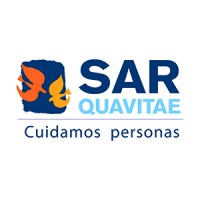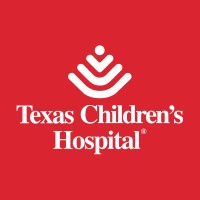
SARquavitae
SARquavitae, personas que cuidan a las personas SARquavitae es la mayor plataforma de España de servicios sanitarios y sociales de atención a las personas. La plantilla, formada por 12.200 profesionales, ofrece más de 10.900 plazas repartidas por todo el territorio español y atiende a unas 200.000 personas al año. La compañía dispone de 51 centros residenciales, 10 centros de atención a la discapacidad, 60 centros de día y 3 complejos de viviendas con servicios. Además, también ofrece diariamente servicio de ayuda a domicilio a más de 31.250 personas y de teleasistencia a 26.500 usuarios.






